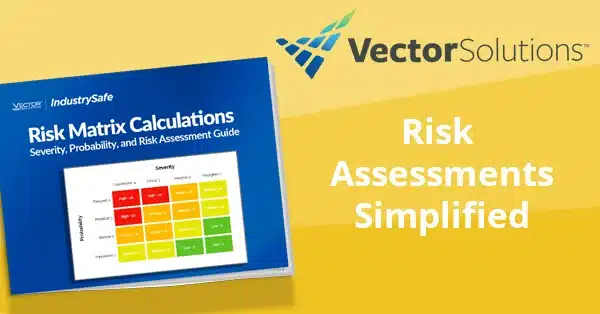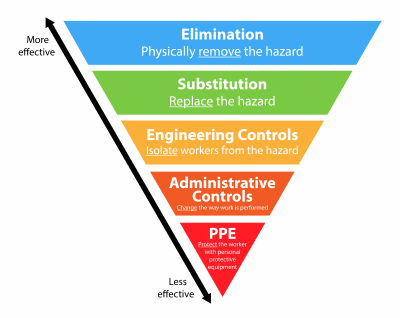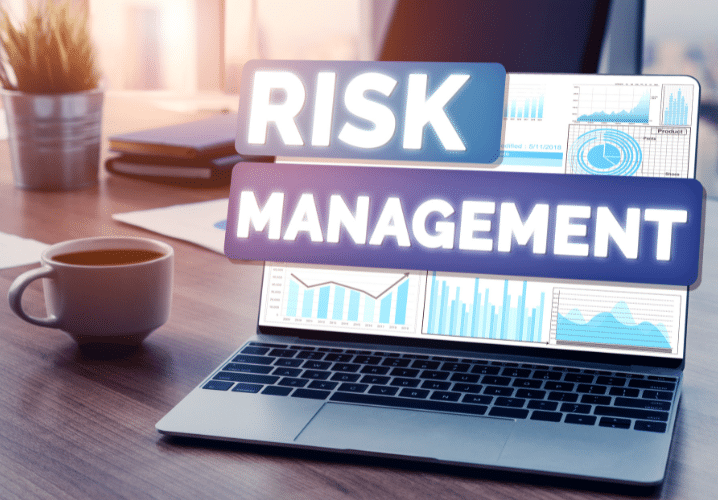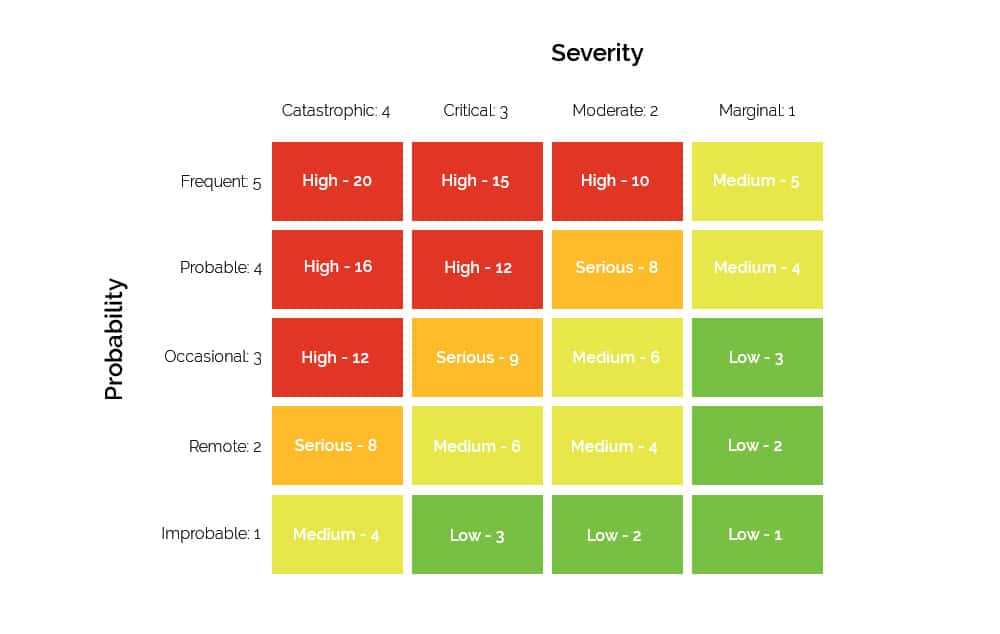May 7, 2024 4 min read

The Three Phases of Risk Assessment: Risk Management Basics
Industry:
Solution:

Mitigating risk is an important consideration for preventing injury and saving your organization time and resources. In this blog, we’ll break the risk assessment process down into three phases: risk identification, risk analysis, and risk evaluation. Understanding these three steps will provide you with a better understanding of risk management and will provide you with risk mitigation techniques for your workplace.
What Is Risk Assessment?
Risk assessment is the name for the three-part process that includes:
- Risk identification
- Risk analysis
- Risk evaluation
Your organization should conduct risk assessment in a systematic manner. Perform risk assessments collaboratively, as a team, and involving different stakeholders, always taking into account their unique knowledge and views.
When performing your risk assessment, use the best information available to your organization, realizing this may mean you’ll have to look outside your organization and/or do additional research to gather more information and more knowledge.
Vector EHS Management
Bring all your organization’s EHS activities, tasks, and reports into one single, easy-to-use solution to gain visibility into the data and trends needed to shift from a reactive to a proactive safety culture
Learn More
What Is Risk Identification?
Risk identification is the first phase of risk assessment.
Risk identification is the process of finding and describing risks that might help or prevent an organization from achieving its objectives.
Side note: Remember that risk can be thought of as the effect that uncertainty may have on your organization’s attempt to reach your objectives, and that effect may be positive/beneficial or negative/harmful.
During the risk identification process, your organization should identify risks that seek to identify risks that are both under your control and those that are not.
What Is Risk Analysis?
During risk analysis, it’s your goal to learn the nature of the risk(s). During risk analysis, be sure to consider:
- Uncertainties, including those with possible negative and positive consequences
- Sources of risk
- Events
- Likelihood of events
- The consequence of those events
- The effectiveness of current controls
- The effectiveness of potential future controls
A risk analysis will be more accurate if you’re using high-quality, accurate, and complete information. Remember you may have to go outside your organization to get some of this information.
You should be aware of, document, and communicate to decision makers the opinions, biases, assumptions, exclusions, as well as any limitations of any techniques used, during the risk analysis process.
What Is Risk Evaluation?
During risk evaluation, you’ll compare the results you came up with during your risk analysis and compare those to your organization’s existing risk criteria to determine if you’ll need to do more to treat the risk(s) you’re assessing.
During risk evaluation, your organization may choose to:
- Do nothing
- Consider implementing other risk treatments
- Reconsider your organization’s objectives
- Return to the risk analysis phase to develop a more thorough understanding of the risk at hand
What’s Next: Risk Treatment
Once a risk assessment (including risk identification, analysis, and evaluation) has been conducted, it’s time to turn your attention to risk treatment. Risk treatment is the process of considering, selecting, and implementing one or more options for addressing the risk(s) you’ve been assessing.
Award-Winning Online Safety Training
Improve safety and reduce risk at your organization with our comprehensive HSE Training library.
View Courses
Conclusion: Effective Risk Management Programs Are Built on Strong Foundations & Principles
Although risk management techniques can be used in any industry and for any subject matter, we DO create a lot of tools for safety, including online EHS training courses and an online incident management system.
Risk Matrix Guide
Understanding the components of a risk matrix will allow you and your organization to manage risk effectively.
Get the Guide















